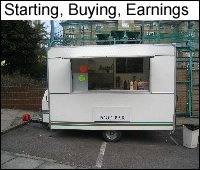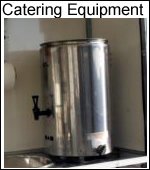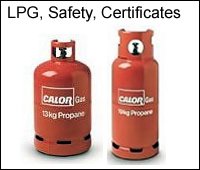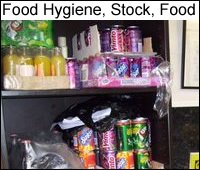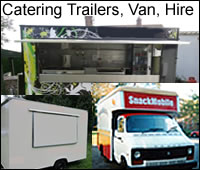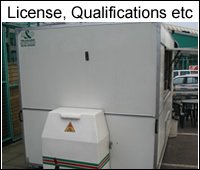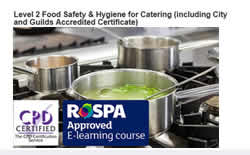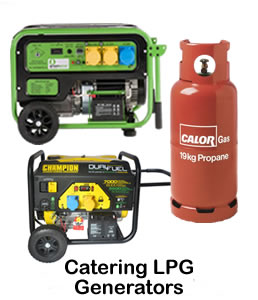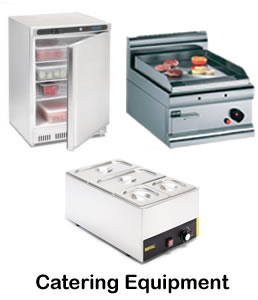Gas Certificate & Ventilation
by Helen
(Lancashire)
Hi, I have a coffee van which I have been running at shows & events for 6 years with no problems....so far!! It is a van not a trailer, so I stand outside in the fresh air to serve.
It is not possible to be inside the van to work.
Engineer won't give me gas cert. this year because not enough ventilation.
Coffee machine is in side of van...sliding door for access, obviously open all day when setting up, trading, cleaning off. Other side door open all day for stock refill..cups lids etc. Back hatch door open all day with fridge & cans for public sale. Engineer not concerned about gas leaks as I have holes drilled in containers etc. as required. He won't give cert in case there is not enough fresh air circulating when the gas is lit and I am working.
I am standing in the fresh air, under the sky, open to the elements...how much more fresh air can I get??
He insists that I put 2 air vents in each sliding door (both sign written) one top & one bottom. No one will see them because the doors will be open.....to let in fresh air. He has emailed me to say that his only concern is when the gas is actually lit, which is only when I am working.
He said what if I lit the gas, shut all the doors, sat in the driving compartment of the van and fell asleep...I might get gassed. I suppose I could do that if I had had a lobotomy first and there were no customers to serve.
I am very frustrated as my old gas cert has run out and I need it renewed for this week end. He spent nearly 2 hours telling me how clean my van was, what good condition everything was in and how proud I should be of how I kept it. I paid him £80 (for 1 coffee machine)when I actually thought he was writing out the cert. which was when he told me he could not pass the van.
I have spoken to Gas Safe, NMTF (my liability insurers) my van insurers, companies who convert vehicles into coffee vans, other coffee van owners and NCASS (He is working from the NCASS guidelines for trailers carts & bikes..where can you put a vent on a bike?)
Any advice or help gratefully accepted.
